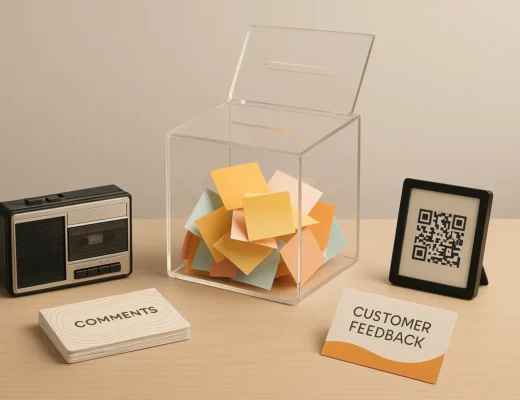Any commercial website is only as good as its ability to convert. Yes, it’s important to write and publish excellent copy and send emails that spark reader interest. But if you aren’t converting website visitors into customers, you’re basically wasting your time and squandering valuable resources. Thankfully, it only takes a few simple tweaks to go from under-performing to high-converting.
The What and Why of Sticky Web Pages
Sticky web pages are exactly what they sound like. They act as flypaper and grab hold of visitors as soon as they land. The goal is to engage them and prevent them from easily leaving. Benefits include:
- Increased time on site. By definition, sticky pages keep people on the site for longer periods of time. And as your average time on page/site increases, you’ll see a lift in other areas of the business.
- More social shares. People find sticky pages attractive and are much more likely to share them on social media. In this same vein, you’re more likely to pick up organic backlinks when you create high-value pages.
- Higher conversions. As people engage with your content more and spend time clicking through your website, it becomes increasingly likely that they’ll follow through on key conversion goals.
- Long-term value. Google pays a lot of attention to user experience, engagement, and average time on site. In this way, sticky pages generate more long-term value in the form of SEO and organic traffic.
At the end of the day, sticky pages cultivate healthier relationships with your brand. People start to see your business as something valuable and worthy of their attention and focus. Eventually, they start to visit your site on their own and you’re able to leverage organic traffic more and more.
5 Tips for Creating Stickier Pages
Here are five tips to help you make your web pages “stickier.”
1. Keep it simple and clean.
Sticky pages have to be so simple that a fifth-grader could log on and understand what the page is about. From copy to design, every element should be highly digestible.
This motor vehicle and car accident lawyers page is a great example of a page that’s intentionally designed with digestibility in mind. Notice how the designers included an FAQ section with a clean dropdown menu rather than one long and continuous page of copy. It’s much easier on the eyes and allows people to find what they’re looking for.
You don’t need a “fancy” page to drive conversions. It’s typically the simple pages with clear and powerful copy that do the best.
2. Show, don’t tell.
As a basic marketing and design principle, don’t tell when you can show. In other words, videos and graphics always get more engagement and memory recall than written copy. They obviously work together, but the point is that your visuals should lead the way. This keeps your pages cleaner and gets people to stay on site longer, particularly when videos are involved. Sticky web pages engage immediate visual interest.
3. Stick to a single call to action (CTA).
Distractions are everywhere. When someone lands on your page, you should assume that they’re holding a phone in one hand, have Facebook pulled up in another tab, and are watching TV in the background. If you hope to get this type of person to convert, you can’t overcomplicate things with multiple CTAs and options. Stick to one CTA and optimize as needed.
4. Use sticky menu navigation.
Sticky menus are a somewhat controversial topic. Those who love them claim they’re an essential part of pushing people through your website, while those who are adamantly against them believe they distract from the main content of the page. And while there may be elements of truth to both, go with the assumption that they’re a fantastic way to prevent people from bouncing. You can check your analytics regularly to find out where and why visitors bounce from your site and tweak if need be.
A sticky menu remains on screen as a user scrolls. The idea is that it keeps your logo visible the entire time and clearly directs people to other pages on your site rather than compelling them to hit the “back” button.
5. Add value.
The final suggestion is to add value to the lives of your visitors. Whether you do this with your copy, design, or a combination of the two, people need to feel like they’re being fed useful ideas that they can’t find elsewhere. If you can do that, they’ll give you as much of their attention as they can. Adding value is something of a trust exercise on both ends. You provide helpful information in an agenda-free manner and trust that doing so will help sales. Your visitors see that you provide value with an open hand and are more likely to trust you with their purchases.
Sticky Web Pages Give Your Website an Extra Boost
Not every page on your website needs to be super sticky. However, if you’re driving a considerable amount of traffic to specific URLs – whether through paid or organic means – you certainly want to invest additional time and creative energy into improving these pages. Doing so will only enhance your results over the long run.







